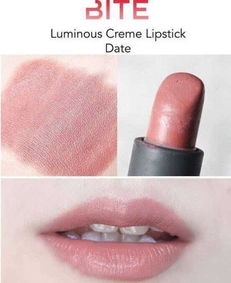
Lyme Disease Tick Bite: A Comprehensive Guide
Understanding the risk of Lyme disease from a tick bite is crucial for anyone who spends time in tick-infested areas. This guide will delve into the details of what you need to know about Lyme disease tick bites, including symptoms, prevention, and treatment.
What is Lyme Disease?

Lyme disease is a bacterial infection caused by the bacterium Borrelia burgdorferi, which is transmitted to humans through the bite of an infected black-legged tick, also known as a deer tick. The disease is most common in the United States, particularly in the Northeast, Midwest, and West, but it can occur in other regions as well.
Understanding Tick Bites

Ticks are tiny arachnids that can be found in grassy, wooded, and brushy areas. They attach to the skin and feed on blood. If a tick is infected with Borrelia burgdorferi, it can transmit the bacteria to a person during feeding.
Here’s how to identify a tick bite:
- The bite may not be painful, and you might not notice it right away.
- The bite area may become red and swollen.
- A bull’s-eye rash, known as erythema migrans, may develop around the bite site. This rash can be red, expanding, and clear in the center.
Recognizing Symptoms

Not everyone who is bitten by an infected tick will develop Lyme disease. However, if you do, symptoms can appear within 3 to 30 days after the bite. Common symptoms include:
- Fever, chills, and fatigue
Preventing Tick Bites
Preventing tick bites is the best way to avoid Lyme disease. Here are some tips to help you stay safe:
- Wear long-sleeved shirts and pants when in tick-infested areas.
Removing a Tick
Removing a tick as soon as possible can reduce the risk of Lyme disease. Here’s how to do it:
- Grasp the tick with fine-tipped tweezers as close to the skin as possible.
Seeking Treatment
If you suspect you have been bitten by an infected tick and are experiencing symptoms of Lyme disease, it’s important to seek medical attention promptly. Treatment typically involves antibiotics, which are most effective when started early. Here’s a table summarizing the treatment options:
| Age Group | Antibiotic Treatment | Duration |
|---|---|---|
| Children under 8 years old | Amoxicillin or doxycycline | 10-21 days |
| Children 8-17 years old | Amoxicillin or doxycycline | 10-21 days |
| Adults | Amoxicillin, doxycycline, or ceftriaxone | 10-21 days |
It’s important



